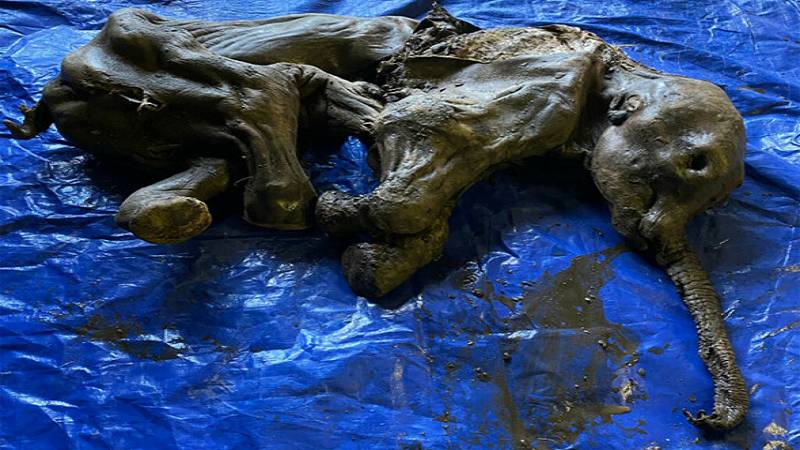
A rare mummified infant woolly mammoth that perished over 30,000 years ago has been discovered by Canadian gold miners in the Klondike gold fields.
Miners were working on the Eureka Creek when they discovered it, according to a news release from the Yukon government and the Tr’ondek Hwech’in First Nation.
The Trondk Hwchin Elders have given the mammoth calf, which is the most fully preserved mammoth specimen discovered in North America, the name Nun cho ga.
Nun cho ga, which in the Hän language means ‘huge baby animal,’ probably travelled the Yukon with wild horses, cave lions, and enormous steppe bison.
The Yukon has traditionally been a recognised pioneer in ice age and Beringia research, according to Minister of Tourism and Culture Ranj Pillai. Nun cho ga, a mummified woolly mammoth calf, has been found, and we are overjoyed.
‘Discoveries like this could not happen without solid collaborations between placer miners, Trondk Hwchin, and the Yukon government,’ Pillai continued.
According to Tr’ondk Hwch’in Chief Roberta Joseph, this is a ‘amazing recovery’ for our First Nation. We look forward to working with the Yukon government on the next steps in the process of dealing with these remains in a way that respects our traditions, culture, and laws.
Woolly mammoths roamed North America, Asia, and Europe from about 300,000 years ago up until around 10,000 years ago, according to palaeontologists.

Post Your Comments